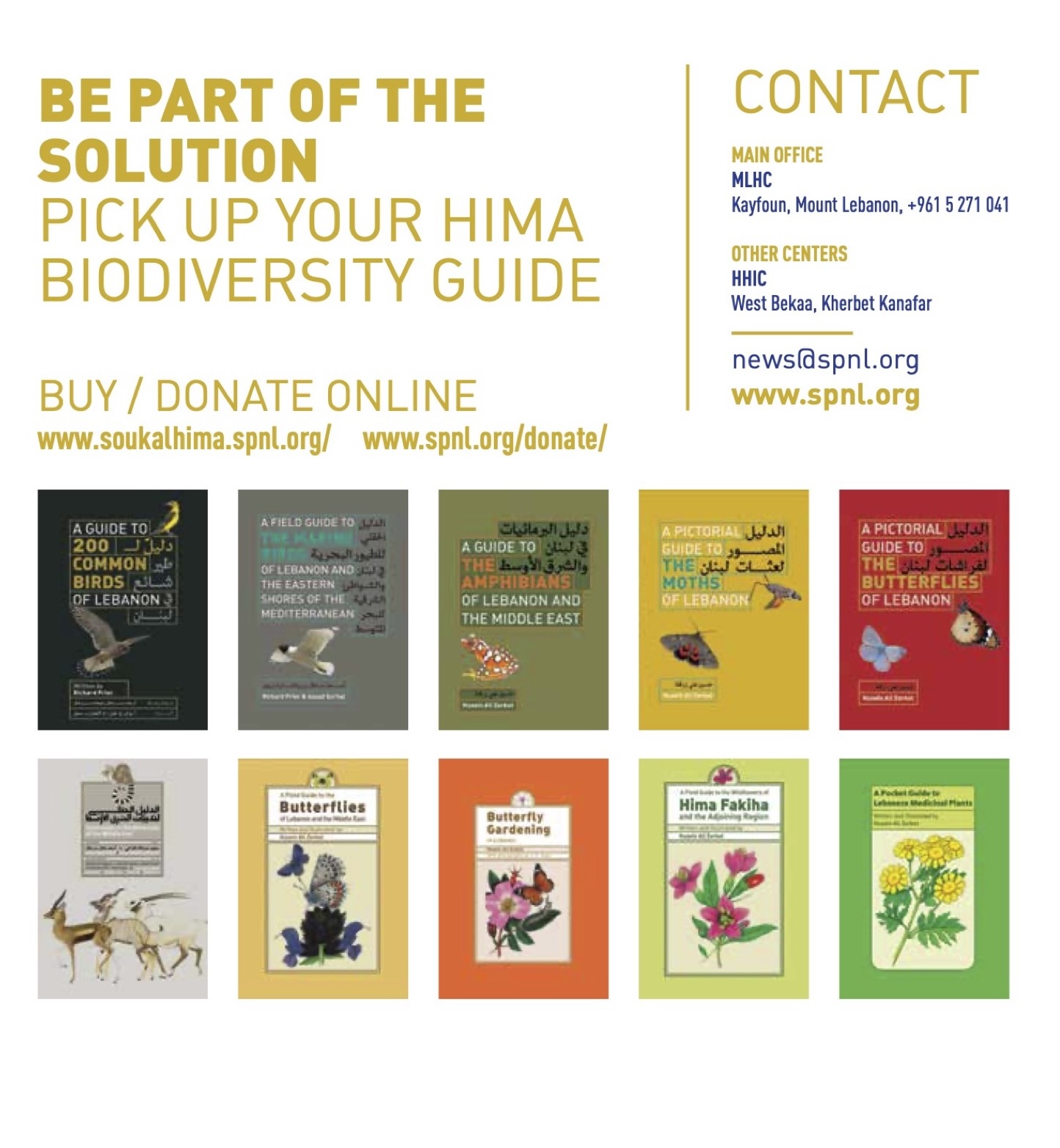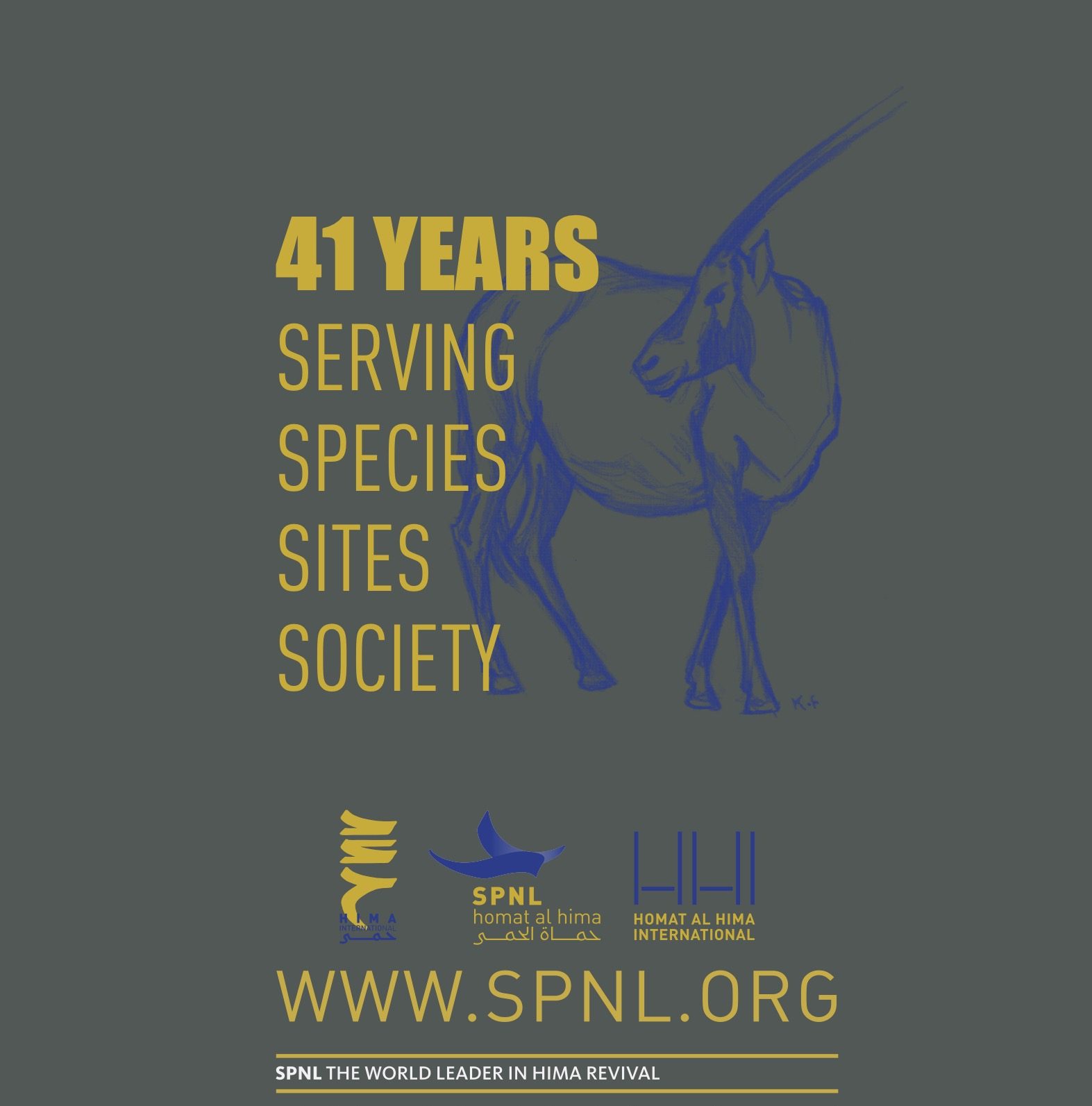In another promising step towards strengthening community-led conservation efforts across Lebanon, the Society for the Protection of Nature in Lebanon (SPNL) held a highly productive meeting at the Municipality of Bmakine, bringing together key local decision-makers to explore how the Hima approach can drive environmental protection and sustainable development in the region.
The meeting was attended by the Mayor of Bmakine, the Mayor of Ain Al Sayde, representatives from both municipalities, and members of the SPNL team. Discussions focused on introducing the Hima model—an ancient Arab tradition of community-based conservation revived by SPNL—to both municipalities as a practical and inclusive framework to protect natural resources, safeguard biodiversity, and empower local communities.
A Shared Vision for Nature and People
During the meeting, both the Mayor of Bmakine and the Mayor of Ain Al Sayde expressed strong interest and clear readiness to collaborate with SPNL in adopting the Hima approach within their respective areas. This shared vision reflects growing awareness among municipalities across Lebanon that conservation is not a distant, top-down process, but rather a local, participatory responsibility.
The discussions highlighted the unique ecological and cultural richness of Bmakine and Ain Al Sayde—villages known for their scenic landscapes, green hills, and cultural heritage—and the need to preserve these assets for future generations. The Hima model, with its emphasis on community stewardship, sustainable resource management, and environmental education, emerged as an ideal pathway to achieve these goals.
SPNL: Reviving Traditions, Empowering Communities
For over two decades, SPNL has been working across Lebanon to revive the Hima tradition, turning it into a modern, people-centered conservation tool. Today, over 25 Hima sites are recognized across the country, thanks to partnerships with municipalities, local communities, and national stakeholders. These sites have become living examples of how communities can lead the way in conserving biodiversity while enhancing livelihoods and strengthening social ties.
By promoting the Hima model, SPNL aligns its efforts with global conservation standards, such as the World Database on Protected Areas and the recognition of Other Effective Area-Based Conservation Measures (OECMs), ensuring that Lebanon contributes to global biodiversity targets through inclusive, locally-driven solutions.
A New Partnership on the Horizon
The fruitful exchange in Bmakine signals the beginning of a promising partnership between SPNL and the municipalities of Bmakine and Ain Al Sayde. Both mayors underscored their willingness to engage their communities, raise awareness about environmental issues, and work hand in hand with SPNL to implement Hima activities that meet the needs and aspirations of their residents.
As SPNL and the municipalities look ahead, concrete steps will soon follow to formalize this partnership, map potential Hima sites, and launch community consultations to ensure broad participation and ownership.
Towards a Greener, More Resilient Lebanon
The growing interest of municipalities like Bmakine and Ain Al Sayde in the Hima model reflects a wider momentum in Lebanon toward restoring harmony between people and nature, even amid the country’s complex socio-economic challenges.
With every new village embracing the Hima approach, Lebanon moves closer to building a network of empowered communities, resilient ecosystems, and preserved cultural landscapes—a legacy for generations to come.






